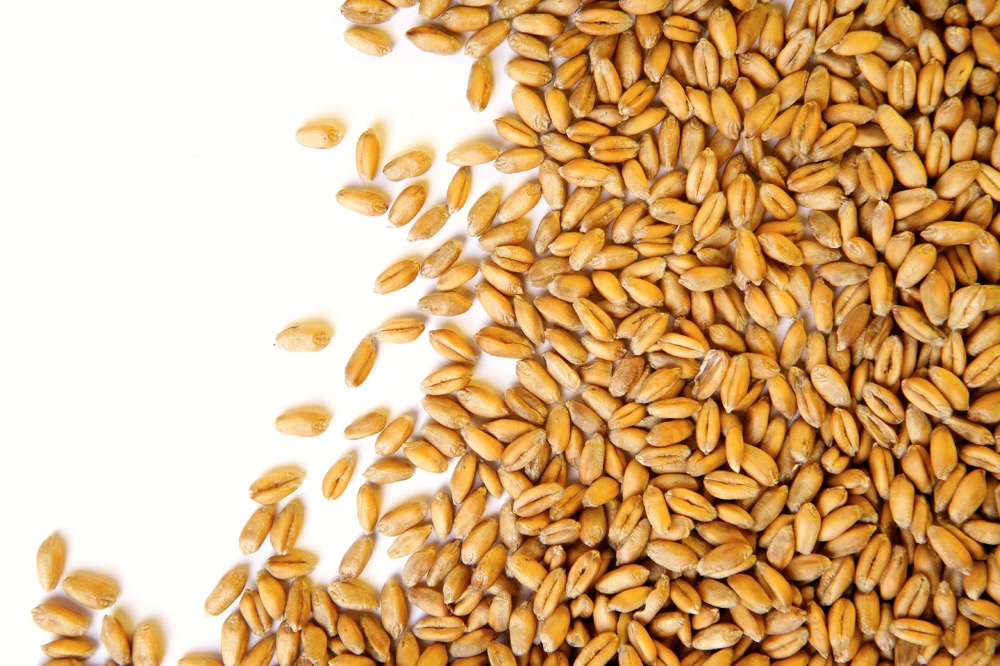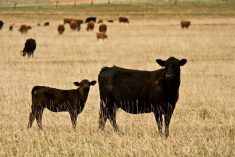Compared to last week, western Canadian yearling markets traded within $5 on either side of unchanged. Strength was noted in the major feeding regions of Alberta while subdued buying interest was noted in other regions of the Prairies.
Major operations focused on local cattle, especially in southern Alberta. Feature sales attracted larger crowds which enhanced overall buying interest. Therefore, order buyers in Saskatchewan and Manitoba weren’t as busy. Cow-calf producers appear to be holding onto calves and yearlings as long as possible despite drier conditions plaguing much of the Prairies. Higher-quality feeders are coming on the market with no signs of feed stress.
Read Also

IGC raises 2025/26 world wheat crop forecast
The International Grains Council has raised its forecast for 2025/26 global wheat production with crop outlooks upgraded for Russia, the United States and Argentina.
In southern Alberta, medium-frame lower-flesh mixed steers averaging 1,000 lbs. were quoted at $183 while 950-lb. mixed heifers were valued at $174. Larger-frame thin Simmental-blended mixed steers weighing just over 950 lbs. sold for $184. In central Alberta, mixed medium-frame steers averaging 890 lbs. sold for $189 while mixed heifers weighing just under 850 lbs. sold for $175.
Calf prices were quite variable with certain pockets in Saskatchewan reflecting a slight premium over Alberta values. The backgrounding farmer is busy with harvest but demand was very strong for calves under 600 lbs. Tan mixed steers weighing just over 500 lbs. reached up to $237 in eastern Saskatchewan while mixed steers weighing 525 lbs. were quoted at $228 in central Alberta.
Statistics Canada’s crop survey had the barley crop at eight million tonnes, compared to the 2017 output of 7.9 million. Yields were significantly lower than expected. Offshore barley movement is expected to exceed year-ago levels, which will tighten supplies over the winter. Barley prices are $50-$60 per tonne above year-ago levels while yearling prices are $5 to $10 higher compared to September 2017. Cow-calf producers need to be aware that the feeder cattle market is vulnerable due to rising feed grain costs.
— Jerry Klassen manages the Canadian office of Swiss-based grain trader GAP SA Grains and Produits Ltd. and is president and founder of Resilient Capital, specializing in proprietary commodity futures trading and market analysis. Jerry consults with feedlots on risk management and writes a weekly cattle market commentary. He can be reached at 204-504-8339.













